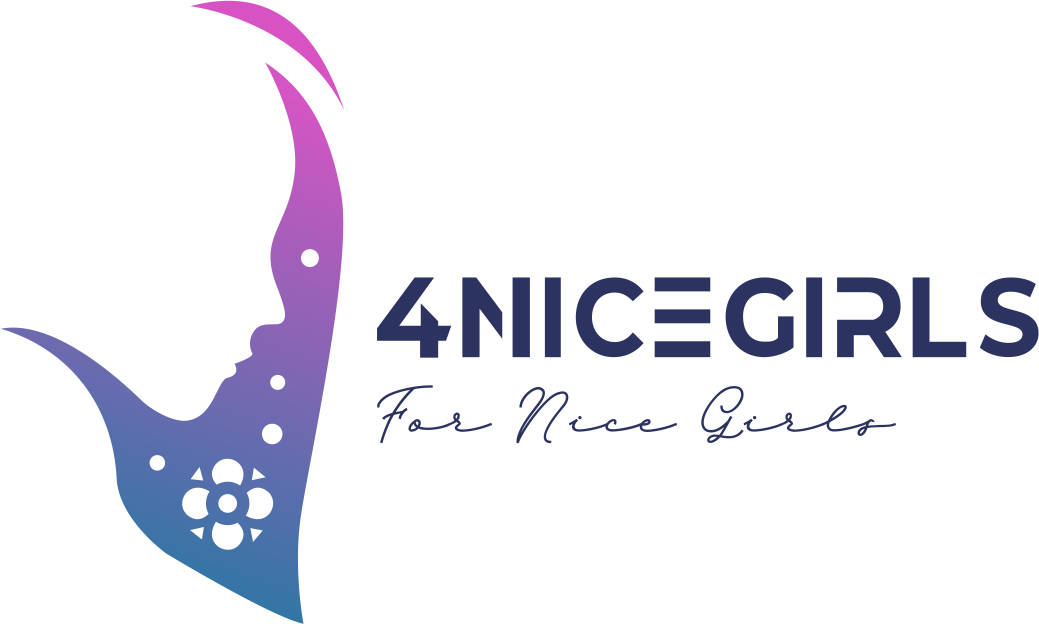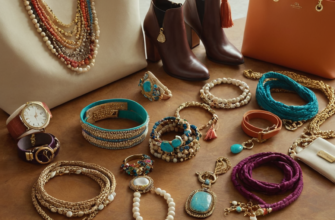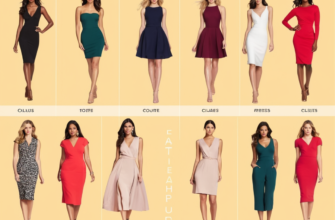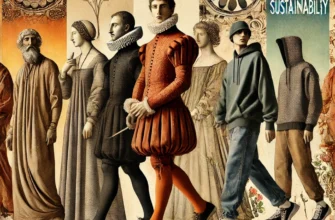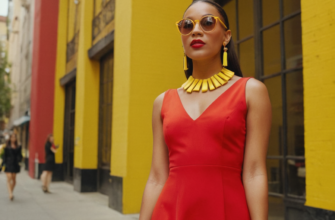Fashion is not just about clothing; it’s a mirror reflecting cultural, social, and economic changes throughout history. As we navigate through the complexities of today’s fashion landscape, a significant divide emerges between traditional fashion and fast fashion. Understanding this divide is crucial for conscious consumers who seek to make informed choices.
What is Traditional Fashion?
Traditional fashion embodies the essence of craftsmanship, quality, and timelessness. It represents clothing made by skilled artisans who prioritize meticulous details and high-quality materials. Unlike mass-produced garments, traditional pieces often involve:
Custom-tailoring that ensures a perfect fit
Sustainable practices that promote longevity
A focus on individuality, allowing wearers to express their unique styles
In a world where trends come and go, traditional fashion stands as a testament to lasting style. Each piece tells a story, often reflecting cultural heritage and local craftsmanship.
The Rise of Fast Fashion
Conversely, fast fashion has revolutionized the industry by offering inexpensive clothing at a rapid pace. Major retailers capitalize on the latest trends, delivering new styles to consumers in a matter of weeks. While this approach provides immediate access to contemporary looks, it also raises pressing concerns:
Lower quality due to the use of cheap materials
A throwaway culture, encouraging overconsumption and waste
Environmental impacts, as fast fashion contributes to significant pollution and resource depletion
Fast fashion’s allure lies in its affordability and accessibility, making it easy for consumers to keep up with trends. However, the hidden costs associated with this convenience cannot be overlooked.
Cultural Implications
The divide between traditional and fast fashion carries profound cultural implications. Traditional fashion nurtures local artisans, preserving their skills and promoting cultural heritage. In contrast, fast fashion often undermines these practices, favoring mass production over individuality.
As awareness about the environmental impact of fashion grows, consumers are increasingly gravitating towards traditional fashion. This shift reflects a broader movement towards sustainability and ethical consumption, where quality triumphs over quantity.
The Path Forward
Looking ahead, the future of fashion hinges on the balance between tradition and innovation. As consumers demand more sustainable practices, both traditional and fast fashion brands are exploring new approaches:
Traditional brands are finding ways to modernize while preserving their artisanal roots.
Fast fashion retailers are beginning to adopt more sustainable practices, focusing on eco-friendly materials and ethical labor.
The choice between traditional and fast fashion ultimately rests with the consumer. By understanding the implications of their purchases, individuals can contribute to a more sustainable and ethical fashion industry.
Conclusion
In the ongoing debate between traditional and fast fashion, it’s essential to consider the broader implications of our clothing choices. Investing in quality over quantity not only benefits the consumer but also supports artisans and sustainable practices that honor our cultural heritage.

